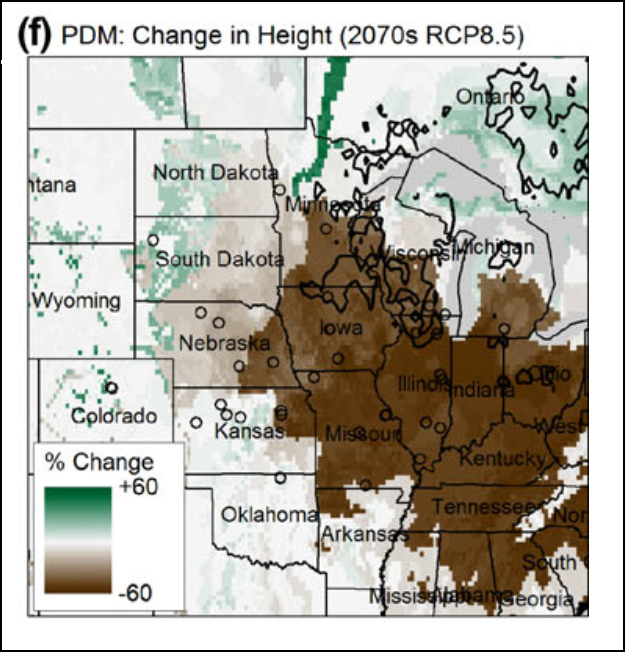
Why: Our research is motivated by the dependence of humans on the natural world, and the rapidity with which we are driving species to extinction. We explore “global change,” which encompasses climate change, urbanization, spread of non-native species, trade in vulnerable species, and any other broad-scale impacts from anthropogenic activities.
Where to: Our “regulative ideal” (cf. Immanuel Kant) is to create “infallible” reconstructions of species so that we can:
- Assess when and where conservation action is required;
- Reconstruct species’ historical biogeography; and
- Forecast future distributions of the whole-organism.
While this ideal is likely unattainable, we also seek to identify where species are “unmodelable” and to address these unmodelable situations using data-gap filling methods we develop in-house or adopt as needed.
How: We use geographic information systems (GIS) and mathematical and computer-based models to address pressing questions in global change. Part of our work is focused on improving these models–i.e., how can we model rare species? Can we use information on other species to improve models? How can we integrate different types of data (e.g., genetic, pollen, occurrences) to make better predictions about species’ pasts and potential futures? We are especially interested developing new techniques like Bayesian hierarchical modeling or neural nets (i.e., AI) for use in conservation.
You can get a better taste for what we do by perusing our publications. However, our focus covers three broad themes:
Theme 1: Vulnerability to climate change and other global changes

As part of the Missouri Botanical Garden’s goals to halt plant extinction and to incorporate the power of plants into climate change mitigation efforts, we assess where and when species will experience stressors that—without conservation attention—might otherwise cause their extinction. For example, addressing the climate crisis requires massive expansion of solar and wind energy installations, but these same installations can also threaten local biodiversity. How can we design a renewable energy system that generates the electricity we need while safeguarding species now and into the future? Similarly, thousands assessments have been conducted on species vulnerability to climate change (including ours!), but few of these also include changes in land cover and use. How can we effectively incorporate non-climatic threats into climate change vulnerability assessments?
Our regulative ideal is to infallibly portray species’ vulnerability to anthropogenic activities so that conservation actions can be conducted in the time and place that is most useful and efficient. A procedural goal along the way is to uncover and eliminate “blind spots” where we need more knowledge before being able to assess species’ vulnerability with confidence.
Theme 2: Conservation biogeography

We develop and use tools for assessing the effects of global change on rare and problematic species. These mainly include species distribution models (SDMs), but also threat mapping. Our main concern is that while SDMs are useful, they remain deeply flawed for serving as a guide to conservation. To this end, we develop new methods for improving, for example, models’ ability to use spatially inaccurate occurrences that would be otherwise “unusable”, the capacity to provide unbiased predictions despite highly-biased inputs, and for models of very rare species. We employ “basic” algorithms like MaxEnt, but also develop bespoke methods using hierarchical Bayes.
Our regulative ideal is to create infallible SDMs so that we can model any species with confidence, or at the least, assess its “modelability.” We especially aim to be able to model rare species, since these are often of greatest conservation concern.
Theme 3: Gestalt modeling
A novel area of research is formal integration of highly disparate data types in SDMs—i.e., not just different types of occurrence data, but phenotypic, physiological, genetic, and associated species. These “gestalt” models aim to portray species as they are—composed of individuals each with multiple facets that interact positively and negatively with one another and their environment to shape their distribution, historical biogeography, and potential future, plus the ecosystem processes and services they shape. A wide variety of tools allow us to incorporate disparate data sets, including hierarchical Bayesian models and approximate Bayesian computation.
Our regulative ideal is to reconstruct the whole organism in silico to capture all aspects of its ecology and thus better understand its past, present, and future.